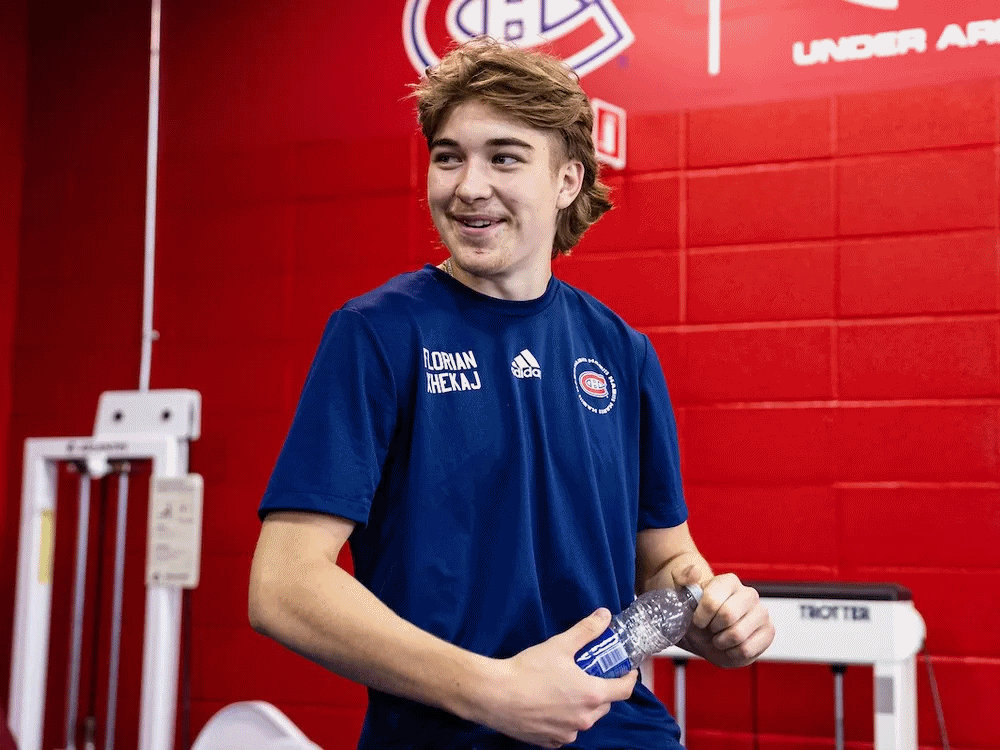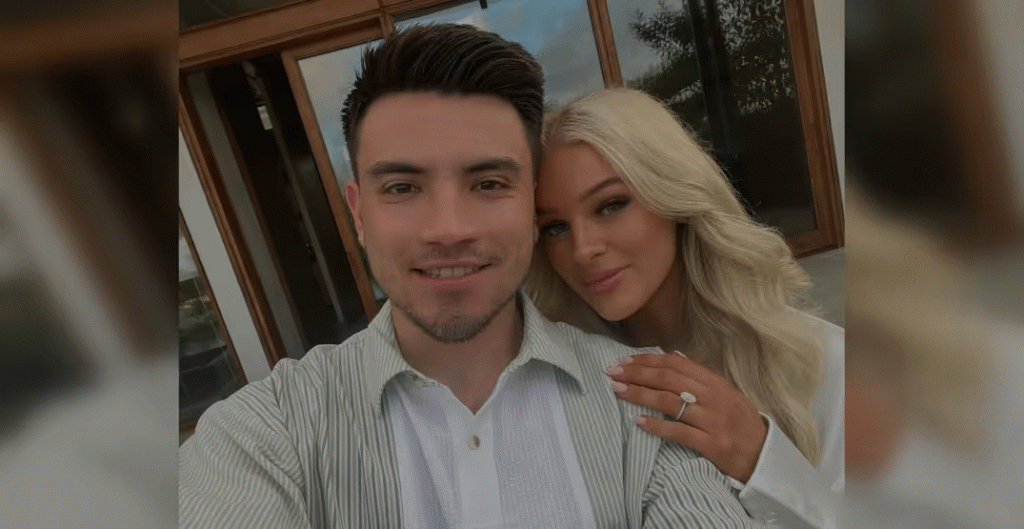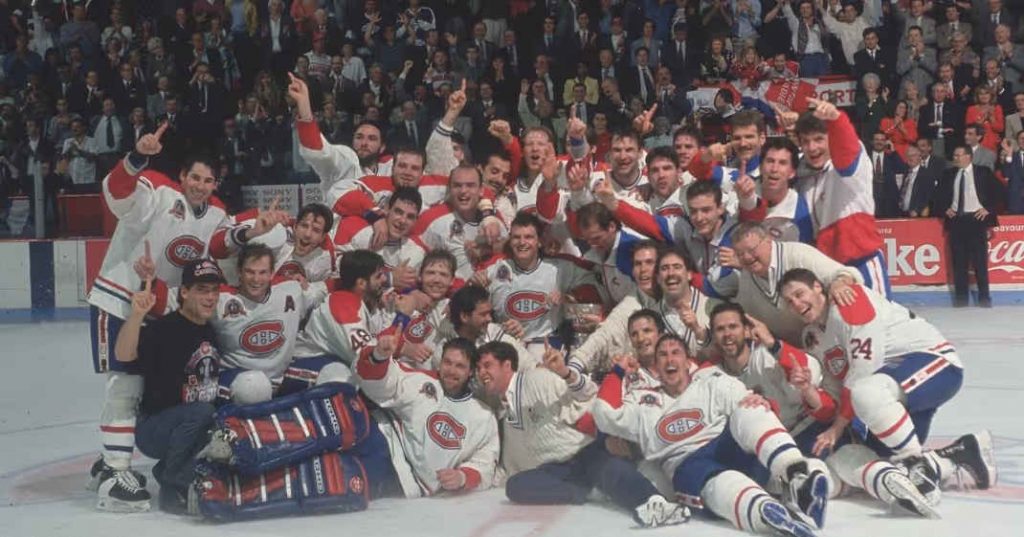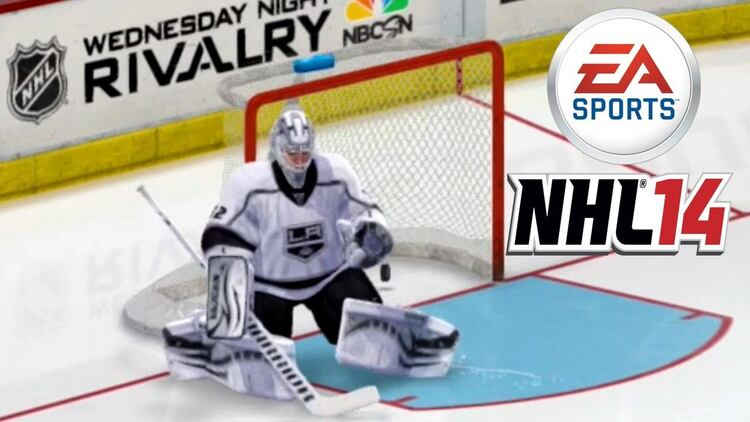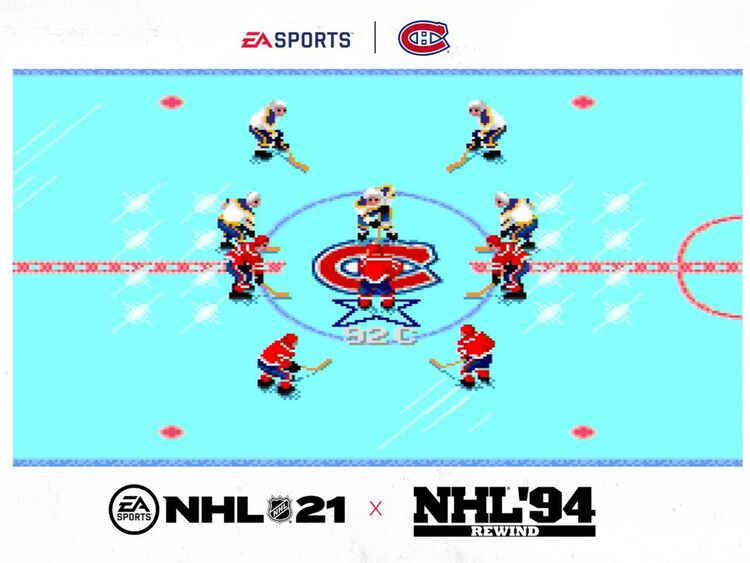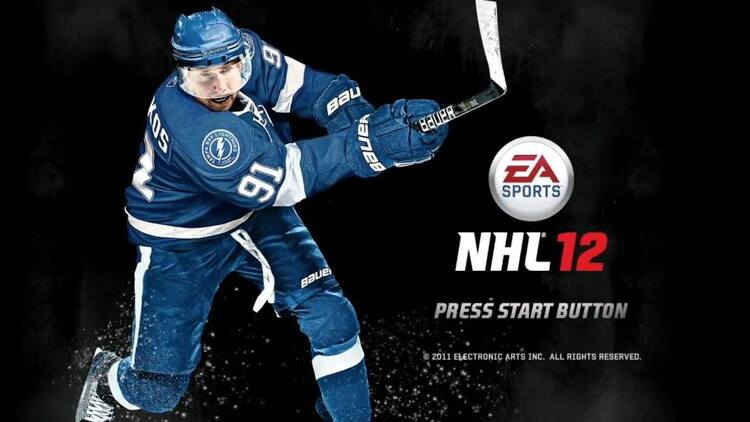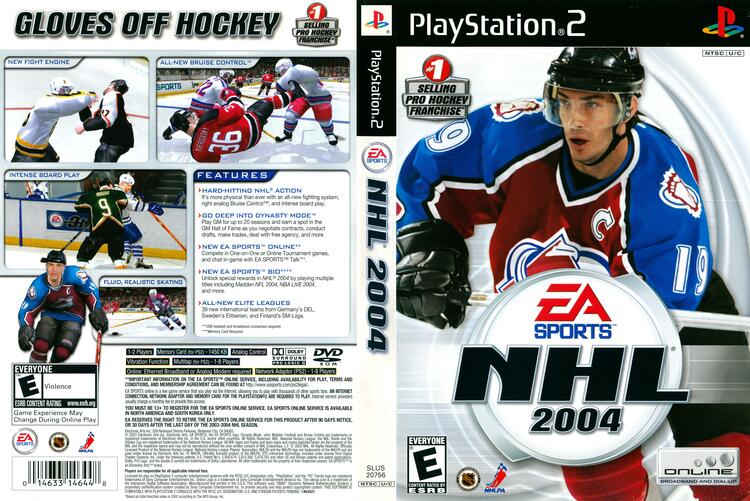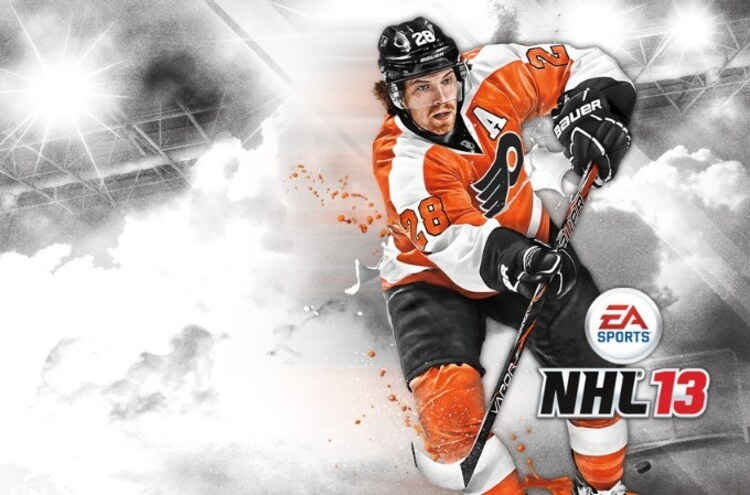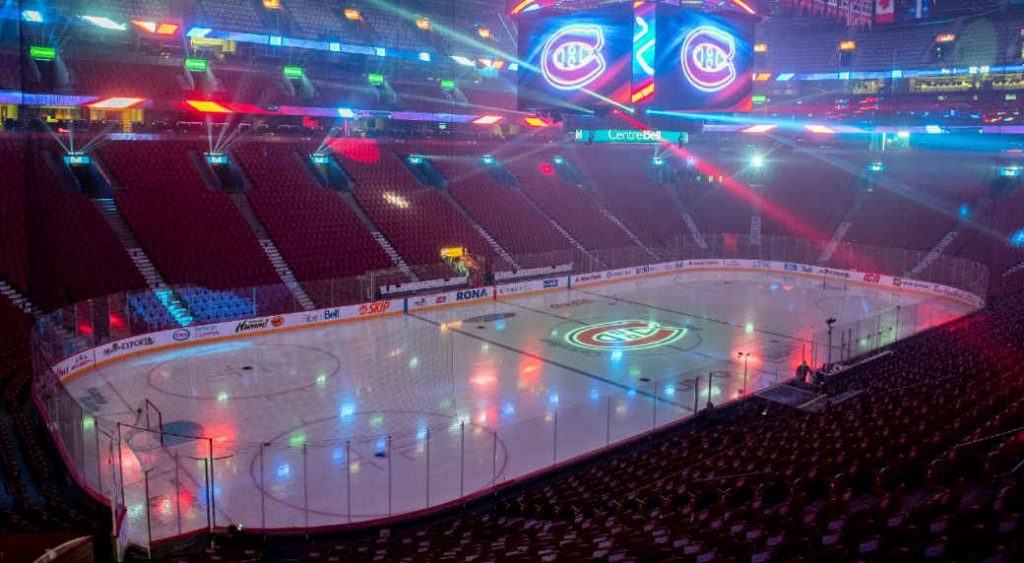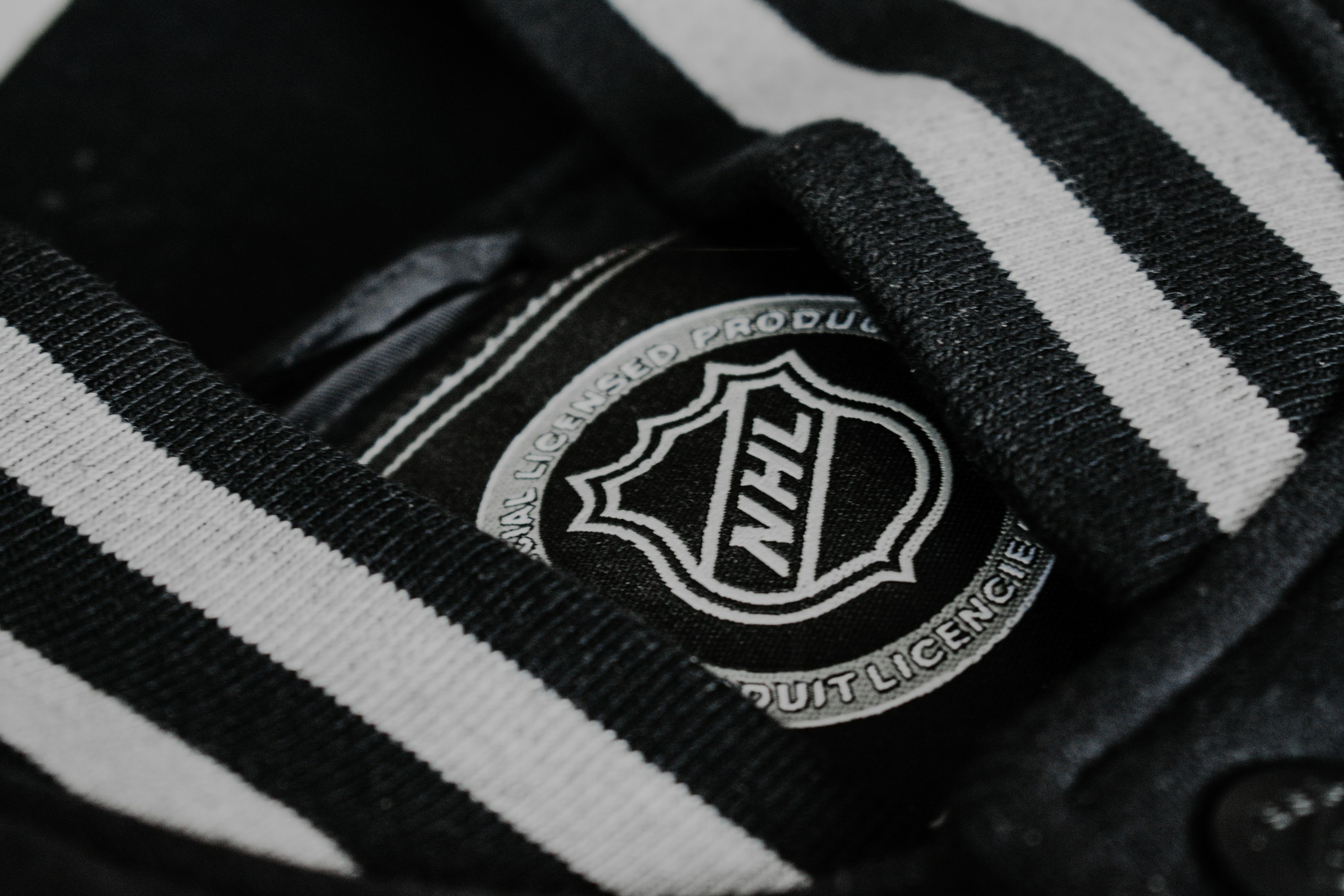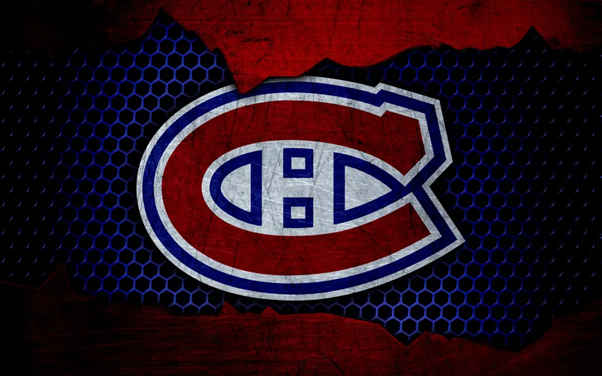New contracts can seem tricky. Florian Xhekaj just signed a deal with Montreal Canadiens for three years. This article breaks down what it means in simple terms.
General Manager Kent Hughes has announced that the Canadiens have signed Florian Xhekaj to a three-year entry-level contract, saying the team believes in Xhekaj’s skills and potential as a defenseman. This contract secures Xhekaj’s place in the team, and shows the team’s commitment to his future growth.
With this deal, Xhekaj gets a chance to try out with Laval Rocket for the rest of the 2023-24 season, giving him a clear path to develop within the Canadiens’ system. It also shows their plan to nurture talent from within.
This move strengthens family ties in their roster too. Florian is the younger brother of Arber Xhekaj, another Canadiens defenseman.
What This Contract Means for Xhekaj
Florian Xhekaj signed a three-year deal with the Montreal Canadiens, heralding a huge step in his hockey career. It proves the team’s belief in his skills and future, the contract giving him the opportunity to grow as a pro player. After this season, Xhekaj could join the Laval Rocket team, the Canadiens’ minor league team. Playing for the Rocket will immediately give Xhekaj the valuable NHL experience he needs.
Signing this contract demonstrates Xhekaj’s hard work and love for hockey. The Canadiens’ general manager, Kent Hughes, shared the news, saying that Xhekaj is important for the team’s future plans. With this contract, Xhekaj gains stability and the opportunity to further improve with the Canadiens.
The team focuses on developing young talent, recognising its significance for long-term success. Players like Xhekaj play a major role in achieving this goal. As Xhekaj continues his hockey journey.
Contract Details and Implications
Florian Xhekaj has signed a three-year, entry-level contract with the Montreal Canadiens, which opens doors for stability and growth. Let’s explore what this means for him and the team.
This contract is a significant milestone in Xhekaj’s career, providing professional hockey opportunities for this rising talent. The agreement starts in 2024-25 and ends in 2026-27, setting the stage for Xhekaj’s development as a hockey player.
At the end of this season, Xhekaj will join the Laval Rocket, the Canadiens’ minor league team, emphasizing both his and the Canadiens’ commitment to nurturing young players. Kent Hughes, the Canadiens’ general manager, made this announcement, highlighting the team’s investment in future stars.
In the meantime, the fans are expectant to see how the team performs on the playing field, preparing to support the team with all their hearts, although doubts always arise and tension is generated as the games get closer, so many fans of both field hockey and online games take advantage of the time to distract themselves during the intermissions by going and enjoying online slots Canada to level the adrenaline generated by the game.
Helping Xhekaj Grow and Providing Stability
This deal secures Xhekaj his spot on the team and sets him up for career growth. Signing this contract brings consistency to his professional path, giving him a solid base on which to build. This is more than just playing time; it allows him to improve his skills and push limits on and off the ice.
His tryout with the Laval Rocket provides a great opportunity to showcase his talents at a high level and gain valuable experience in professional settings. The team believes in his potential, and now, Xhekaj must work hard to enhance his gameplay and team impact.
Xhekaj’s Contract Impacts Team Money and Players
Xhekaj’s three-year deal impacts the management of the Montreal Canadiens. By watching salary caps, this rookie contract provides financial stability in the near future, by helping to plan for new talent acquisition while managing current contracts and encouraging player growth.
The deal also affects roster choices. Adding Xhekaj could move veteran players or trigger trades in the pursuit of the right balance of experience and young energy. This strategy boosts performance and player growth moving forward.
Analysis and Predictions
Florian Xhekaj’s new contract sets him on a path with the Montreal Canadiens. His role and impact are expected to be important topics, with many wondering how he will fit in with the team’s dynamics.
Xhekaj’s Potential Role in the Team
Xhekaj brings fresh skills to the Canadiens with his three-year, entry-level deal. His abilities suggest he could play a key defensive role or contribute to the team’s overall strategy on ice.
The team clearly values his potential to grow and contribute, seeing him as more than just a prospect. Xhekaj’s development will be crucial as he adapts to the NHL’s pace and challenges.
By signing him, the Canadiens show they want to build a strong future. Xhekaj is expected to bring energy, skill, and possibly become a core player.
How the Contract Compares to Recent Signings and Other League Players
Xhekaj’s three-year, entry-level deal fits the NHL trend of investing in young talent early. This contract mirrors others where teams lock in promising players quickly.
Player contracts help both players’ and teams’ plans. Xhekaj’s contract shows Montreal wants to build its future team using young players with potential. Players like Xhekaj can help teams improve over time.
Xhekaj was drafted in the 4th round, 101st overall. His contract demonstrates how teams invest in draft picks they believe can contribute. Montreal identified Xhekaj as someone who could become a valuable player for them.
Many teams now focus on developing their own players rather than signing established stars. This approach helps teams build for long-term success with young talent they draft and develop themselves.
Canadiens Fans Anticipate Xhekaj’s Future Impact on the Team
Xhekaj’s 3-year contract shows Montreal’s belief in him and their expectation that his success in junior hockey will continue in the NHL. The team has high hopes for Xhekaj’s performance, and fans are excited to see what he can do. He is seen as a valuable addition to the roster, providing depth and skill to their lineup.
Xhekaj’s impact could energize the Canadiens, as General Manager Kent Hughes believes signing him helps position the team for success in the years ahead. The team views him as an important part of their future plans.
In conclusion, Xhekaj’s three-year journey with the Montreal Canadiens starts now. This deal emphasizes his importance to the team, and the Canadiens have big goals for him, with the expectation of him to improve and play well. Fans are excited to see how this young player will help their favorite team, as the future looks promising for Florian Xhekaj and the Canadiens.

